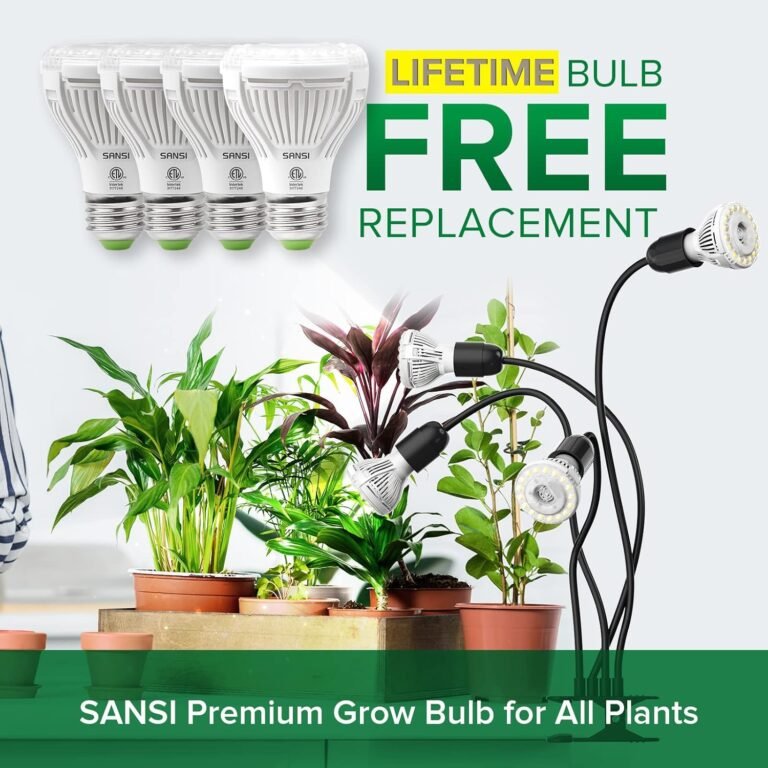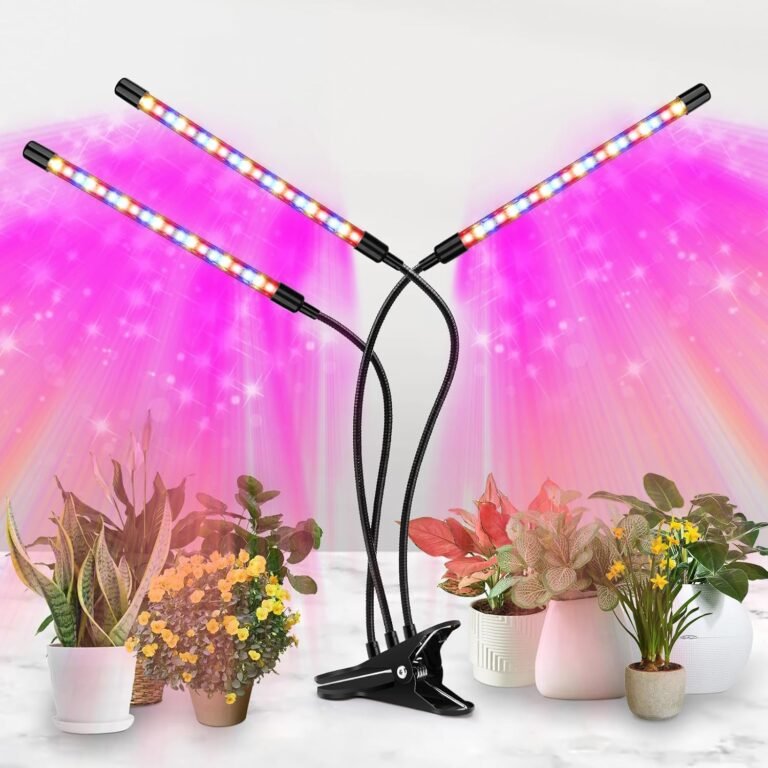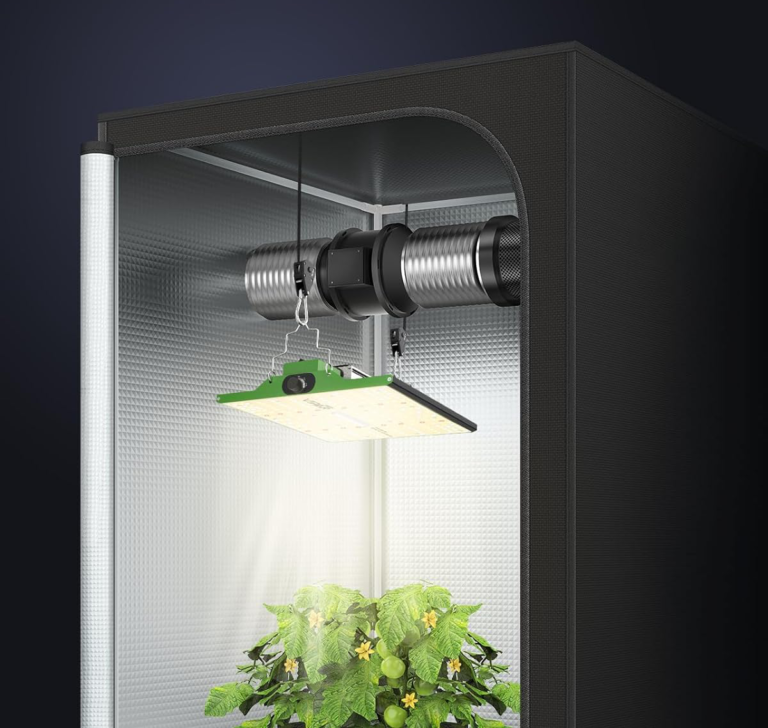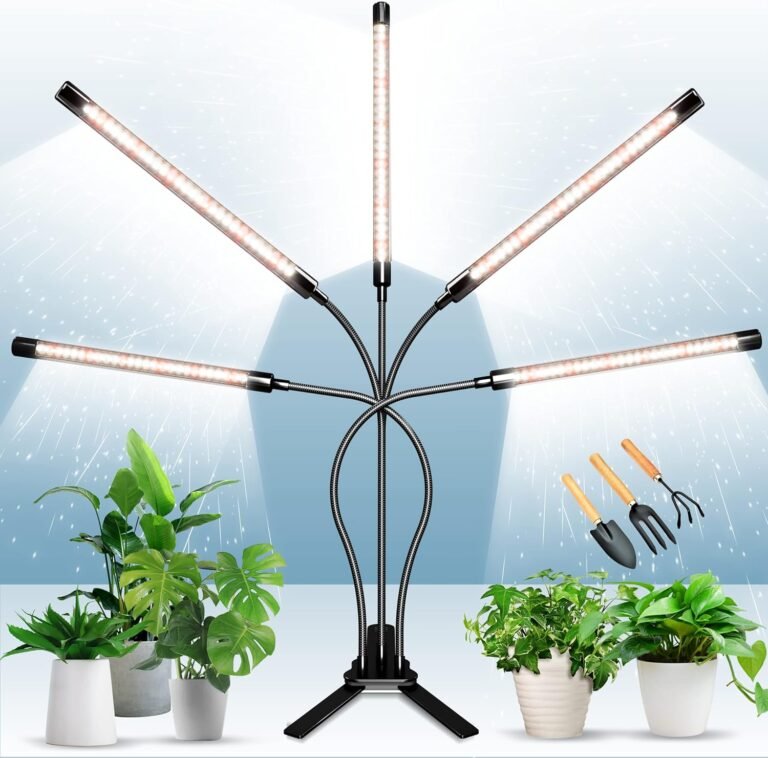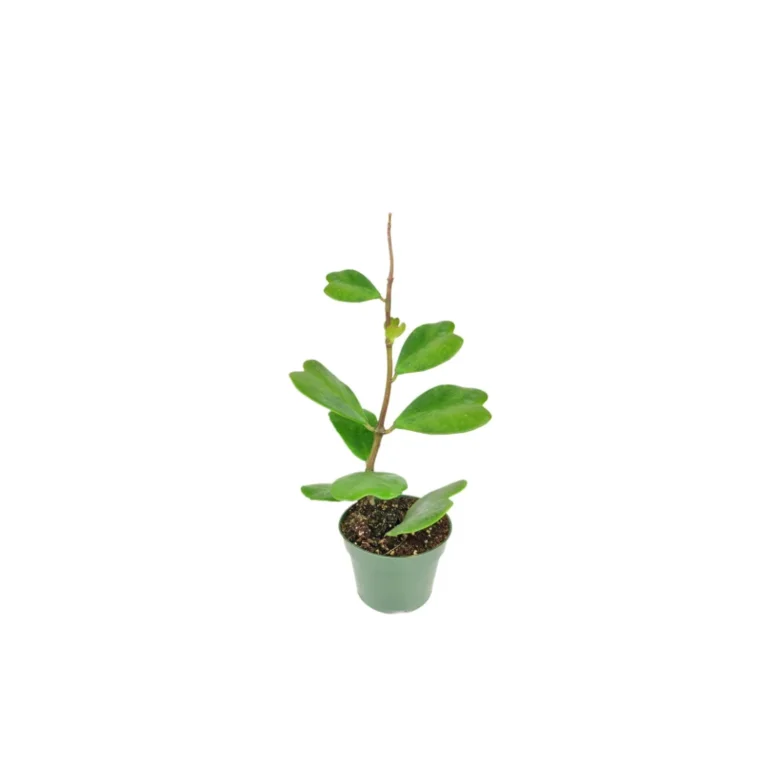Gardening indoors can be a challenging yet rewarding experience. You might ask yourself, “What are the best succulents to grow for indoors?”
Succulents are low-maintenance indoor plants that thrive in bright light and well-drained soil. Some popular indoor succulents include the Jade Plant, Snake Plants, and Aloe Vera. They are perfect for new plant parents and small spaces, needing minimal attention and care.
In this article, we will discuss in detail why succulents are the ideal choice for indoor plants and delve into the different types of succulents you can grow at home. We’ll also provide practical tips on succulent care to ensure your green companions thrive in an indoor setting.
A Explanation on Indoor Succulents
Succulent plants have become increasingly popular among plant enthusiasts, especially those living in apartments or with limited outdoor areas. This is because of their fleshy leaves and low maintenance requirements. They are incredibly adaptable and visually appealing, making them an excellent choice for any indoor space. Additionally, succulents are incredibly easy to care for, making them the perfect choice for plant parents of all skill levels. With their unique and eye-catching appearance, it’s no wonder why succulents have become one of the most sought-after plants on the market today. So if you’re looking for a low-maintenance, visually stunning plant that will thrive in any indoor space, consider adding a succulent to your collection today!
What Makes Succulents Ideal for Indoor Spaces?

The secret lies in their inherent characteristics. Succulents are native plants to arid regions where they have evolved to thrive in direct sunlight and gritty, well-drained soil. They store water in their fleshy leaves, allowing them to survive long periods of dryness – an ability that has turned them into a symbol of resilience and endurance.
Most succulents need bright indirect light to grow well, which means they can prosper under the filtered light through a sunny window in your home. They can also handle periods of only partial sun or shade, which makes them very forgiving to new plant parents who are still learning how much light indoor plants actually need.
Choosing the Best Succulents to Grow Indoors
Some succulents are more suitable for indoor life than others. The Jade Plant, for instance, is a classic succulent that adapts well to indoor conditions. It’s a slow grower with glossy green leaves and can go for weeks without water. Snake Plants, known for their tall, sharp leaves, are another popular choice. They are very low maintenance and can grow in conditions with less light, making them a perfect choice for darker corners of your home.
Aloe Vera is another indoor succulent standout, doubling as a medicinal plant due to its numerous health benefits. It enjoys bright indirect sunlight and is recognized by its fleshy rosette form and thick, serrated leaves.
Here’s everything else you need to know about nurturing these natural wonders in your indoor garden.
Understanding Succulent Care Essentials
When it comes to starting a succulent garden, it’s crucial to have a good understanding of the basic care requirements. These plants have unique needs when it comes to things like watering, lighting, and soil, which can differ from those of other types of indoor plants. So, if you’re looking to create a thriving succulent garden, it’s important to arm yourself with the knowledge you need to ensure that your plants stay healthy and strong. With the right care, you can create a beautiful and vibrant display of these fascinating and unusual plants.
Watering Your Succulents
Watering succulents can be tricky. Overwatering is a common mistake among new plant parents and can lead to root rot, a condition fatal to most succulents. Letting the soil dry out completely between watering is crucial. When it’s time to water succulents, make sure to water deeply until you see some coming out of the drainage hole of the pot, ensuring the roots get adequately hydrated. During winter dormancy, most succulents require even less water, making them a perfect low-maintenance plant for busy indoor gardeners.
Techniques for watering plants:
1. Water deeply and thoroughly: Make sure the water reaches the roots of the plant by watering deeply and thoroughly. This will encourage healthy root growth.
2. Water at the right time: Water your plants in the morning or evening when it’s cooler. Avoid watering small plants during the hottest part of the day as this can cause the water to evaporate before the plant has a chance to absorb it.
3. Water at the base of the plant: Water at the base of the plant rather than from above. This will help prevent water from evaporating and ensure the water goes directly to the roots.
4. Use a watering can or hose with a nozzle: Use a watering can or hose with a nozzle to control the flow of water. This will help you avoid overwatering and ensure the water goes exactly where it’s needed.
5. Check the soil before watering: Before watering your plants, check the soil to see if it’s dry. Stick your finger about an inch into the soil and if it feels dry, it’s time to water. If it’s still moist, wait a day or two and check again.
Light Requirements for Succulents
Succulents love light. Most succulents grow best in bright indirect light, although some can tolerate partial to full sun. If your indoor space doesn’t get enough natural light, consider investing in a grow light to provide the bright light succulents crave. Snake plants are a great exception here; they are one of the few succulents that can tolerate low light conditions, though they’d still prefer a bit of brightness.
Suitable lighting options for growing succulents:
1. LED grow lights – these are energy-efficient and provide a full spectrum of light that mimics natural sunlight, making them a great choice for indoor gardening.
2. Fluorescent grow lights – these are affordable and come in different spectrums, making them suitable for different stages of plant growth.
3. High-intensity discharge (HID) grow lights – these are powerful and provide a lot of light, making them suitable for large indoor gardens or commercial setups.
4. Natural light – if you have a sunny windowsill, you can simply place your succulents there and let them soak up the natural light.
Remember to position your lights at the right distance from your plants to avoid burning or damaging them. Happy gardening!
Choosing the Right Soil and Pot
Succulents need well-draining soil to prevent waterlogging. A gritty or sandy soil mix is often best. When it comes to choosing a pot, opt for one with a drainage hole. This allows excess water to escape, promoting healthier root growth.
Here are some types of soil that are suitable for growing succulents:
1. Well-draining soil: This, gritty soil is the most important type of soil for succulents. It should allow water to flow through it easily, so that the roots don’t become waterlogged.
2. Sandy soil: Succulents prefer soil that is more sandy than clay-like. Sandy soil allows for good drainage and allows air to circulate around the roots.
3. Cactus soil mix: This type of soil is specifically formulated for succulents and cacti. It is usually a mix of sand, perlite, and peat moss.
4. Gravelly soil: Succulents can also grow well in soil that has a lot of gravel or small rocks. This type of soil allows for good drainage and helps prevent root rot.
Remember to always avoid soils that hold too much moisture, as they can lead to root rot and other issues for your succulents.
Exploring Types of Indoor Succulents
Indoor succulent gardening can be a fun and rewarding hobby, and it doesn’t have to be limited to the typical jade plant, snake plant, and aloe vera. There are many other succulent varieties that can thrive indoors, and in this article, we’ll explore some of them to help you expand your collection. With the right care and attention, you can create a beautiful and diverse indoor succulent garden that will bring joy and relaxation to your home. So let’s get started and discover some new and exciting succulent options!
The Panda Plant

The Panda Plant, scientifically known as Kalanchoe Tomentosa, is native to Madagascar and is a popular choice for indoor gardening due to its attractive fuzzy leaves with brownish-red spots. It’s a slow grower and doesn’t require much water, but it does prefer bright indirect light. When cared for correctly, the Panda Plant may even surprise you with tiny flowers.
The Zebra Plant

This plant gets its name from the horizontal stripes covering its leaves, making it one of the easiest succulents to identify. The Zebra Plant, or Haworthia Fasciata, is a small, low-growing succulent that can do well in somewhat shadier spots, though it prefers bright, indirect light.
The Burro’s Tail

Also known as Sedum morganianum, the Burro’s Tail features trailing stems covered with fleshy, round leaves. Its unique appearance makes it an excellent choice for a hanging basket. Although it loves direct sun, it can tolerate some light shade and bright indirect light when grown indoors.
The Ghost Plant

The Ghost Plant, or Graptopetalum paraguayense, is beloved for its fleshy rosette form and lovely color, ranging from a blue-gray to pinkish-yellow depending on light exposure. It’s a hardy succulent that can tolerate a bit of neglect, making it a perfect addition to any indoor garden.
The String of Pearls

This succulent is an all-time favorite for hanging baskets. The String of Pearls, or Senecio rowleyanus, has trailing stems with round, bead-like leaves, giving the appearance of a string of green pearls. It requires bright indirect light and minimal water, similar to other succulents.
Each of these indoor succulents adds unique aesthetic appeal to small space in your home while being manageable even for new plant parents. They’re the perfect choice if you’re seeking low maintenance yet beautiful plant companions.
Final Thoughts
Bringing the natural world indoors can transform your space, create a peaceful environment, and even improve your mood. Succulents are some of the easiest plants to start your indoor gardening journey. They’re not just about the aesthetics; their resilience and adaptability also offer lessons in patience and care.
The Jade Plant, Snake Plant, Aloe Vera, Panda Plant, Zebra Plant, Burro’s Tail, Ghost Plant, and String of Pearls are among the best indoor succulents you can grow. They require basic care – good light, a bit of water now and then, and the right soil. Remember, the key to growing succulents indoors is balance, especially in watering. Overwatering is the most common problem, but easily preventable.
Whether you’re a seasoned plant enthusiast or a new plant parent, growing succulents indoors can be a fulfilling hobby. They’ll provide life, color, and a touch of wilderness to your home, demanding very little in return. Happy gardening!
Frequently Asked Questions
1. How big can indoor succulents get?
Add some natural beauty to your indoor space with succulents. Research each plant’s specific care needs to help them thrive and create a peaceful atmosphere in your home.
2. Can succulents grow in low light?
The Snake Plant is a great low-maintenance option for indoor environments with less bright light. It can still thrive without direct sunlight, but be careful not to expose it to too much light.
3. How often should I water my indoor succulents?
For healthy plants, stick to a consistent watering routine. Wait for the soil to dry out completely before watering again, usually every 1-2 weeks. Don’t water the leaves or flowers and always use room temperature water.
4. Can I propagate my indoor succulents?
To propagate succulents, use sharp scissors or pruning shears to take a clean cutting from the parent plant. Let it dry for a few days until a callus forms, then plant it in well-draining soil and water gently. With care and patience, the cutting will grow into a new plant.
5. What type of pot is best for succulents?
Use pots with drainage holes, preferably terra-cotta. Add a layer of gravel at the bottom for better drainage. Water plants less frequently, allowing soil to dry out in between. This will prevent water logging and keep your plants healthy.


